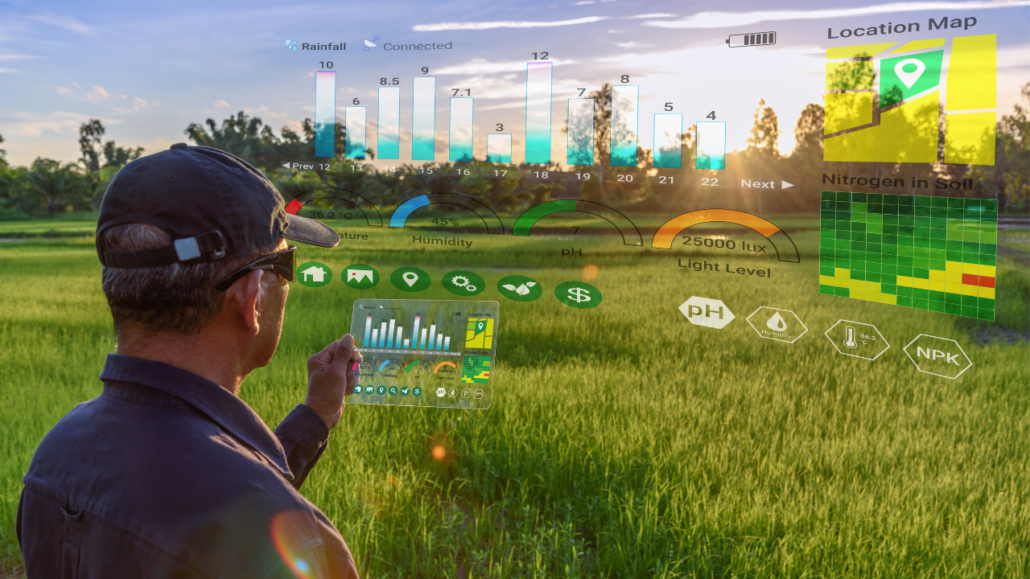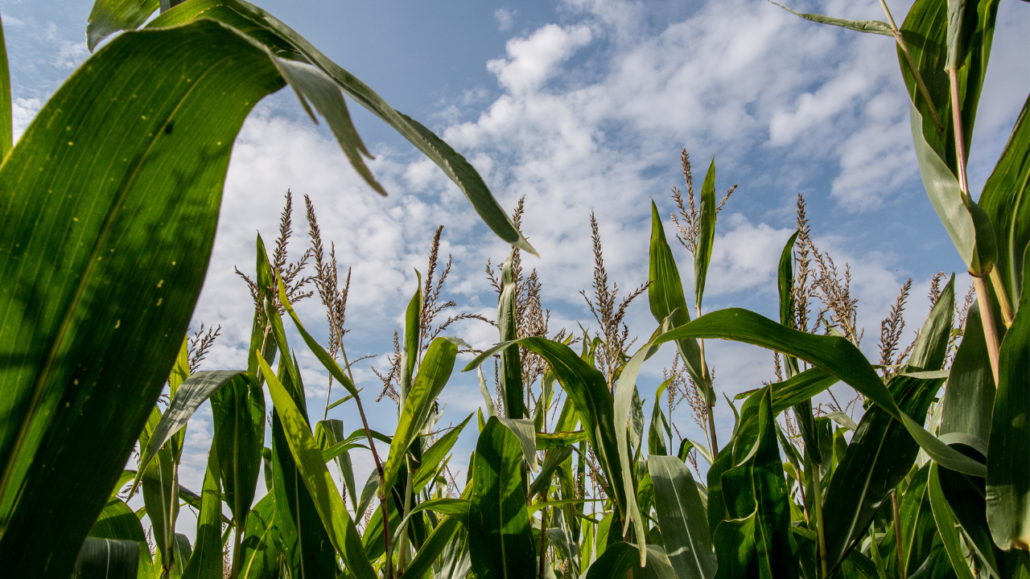What Role Does Intellectual Property Law Play in Agriculture?
IAAS Secretariat: Chloe Tay
Agriculture is significant to economies around the world. It accounted for about 27 per cent of the world’s total employment in 2019. Agricultural productivity is often the subject of international development efforts because it has a direct impact on key development goals like poverty reduction and food security.
Realizing our potential to produce enough food for the world’s expanding population will remain a major challenge in the future and one in which Intellectual Property will play a key role. The use of intellectual property rights (IPRs) affects how activities along the agricultural value chain are carried out and who the actors are. There are consequences for who gets access, what is produced, how it is grown and where it is bought or sold. This piece situates IPRs within the various stages of the agricultural value chain with the aim of highlighting its impact and potential.
“Patents, Plant Variety Rights and Trade Secrets are the main forms of Intellectual Property Protection applied in the pre-production stage.”
At the pre-production stage, researchers and farmers seek to develop better products through processes like selective breeding or genetic modification. Many of the technologies or innovations are made to support human health, provide economic benefits, and prevent agricultural loss.
Patents
A patent is an exclusive right given to an inventor to exclude all others from making, selling, using, or offering to sell the invention in the country that granted the patent right, and importing it into that country. Patents are the most critical form of protection for agricultural biotechnology and considered to be the most powerful in the IP system. Patents are temporary, generally about 20 years, and are country specific (Binenbaum et al., 2000).
Plant Breeders’ Rights
It provides the developers of plant varieties an opportunity to recover their investment in research. By doing so, it gives exclusive commercial rights for about 20-25 years to market a new variety or its reproductive material. This protection prevents anyone from growing or selling the variety without the owner’s permission. Exceptions may be made, however, for both research and use of seed saved by a farmer for replanting.
Conclusion
The agricultural sector has become increasingly dependent on agro-chemical biotech firms that are also capable of establishing dominance in digital agriculture. This is due to their established relationships with farmers, to their merger and acquisition activity, to their ability to process ag-data to improve their existing products, and to their ability to expand their services far beyond their currently existing market.
The challenge of securing the world’s food supply calls for further research and incentives to develop innovative agricultural solutions. The revenue potential of intellectual property (IP) rights is a key driver of innovation. In the sphere of agriculture, patent law, plant variety protection rights (breeder’s rights) and rights over genetic resources are particularly relevant.
The effect of the IPRs depend on the type of system involved and its application. Policymakers need to prioritise effective IPRs systems as central parts of the basket of related issues such as trade, environment and land use policy that are examined in efforts to drive agricultural productivity.






